
Semi-displacement Yachts
Cruising yachts that move through the water with less resistance than a displacement hull with added ability to throttle it up.Manufacturers of semi-displacement Yachts
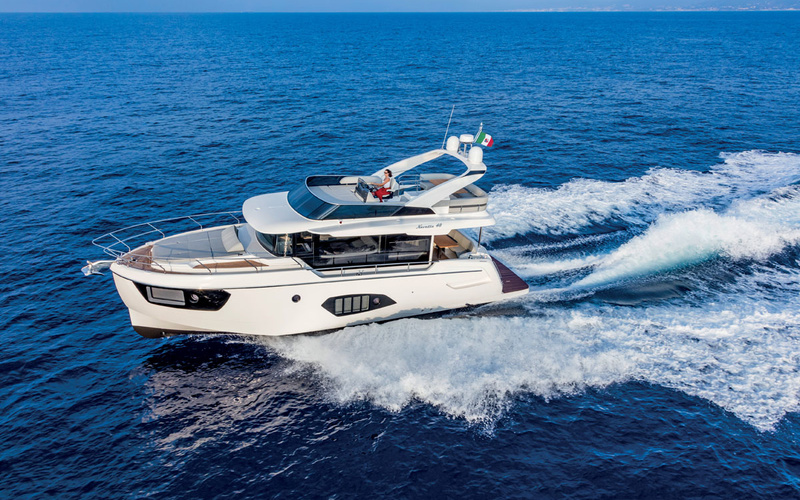
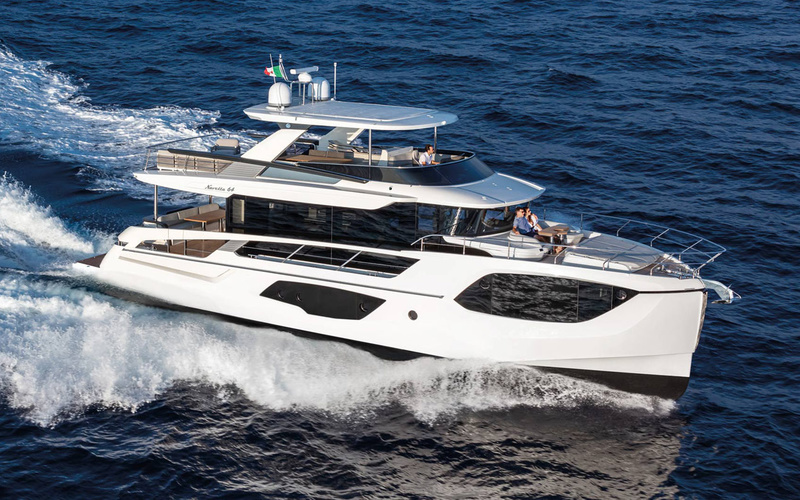
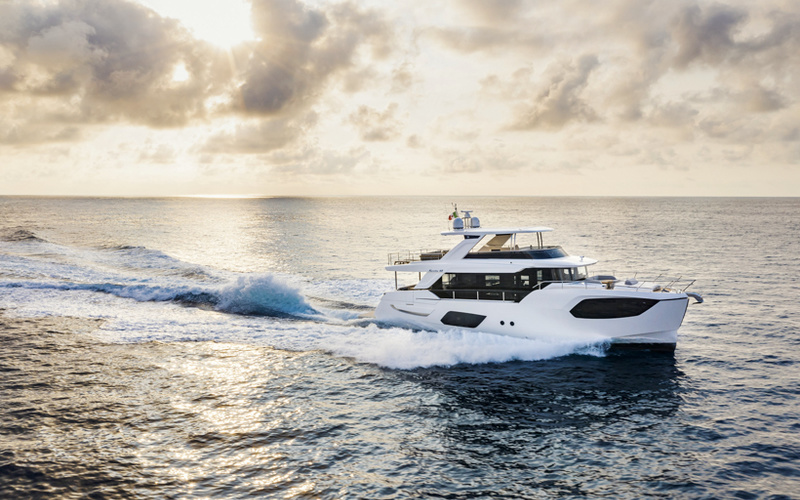

The brand Absolute Yachts produces expedition yachts and trawlers and semi-displacement yachts. There are 14 models currently in production ranging from 14 to 23 meters. The current model range includes 3 lines: Coupé, Flybridge and Navetta. We invite you to explore all current and older models from Absolute Yachts and contact us for sales and pricing information.
Read more >

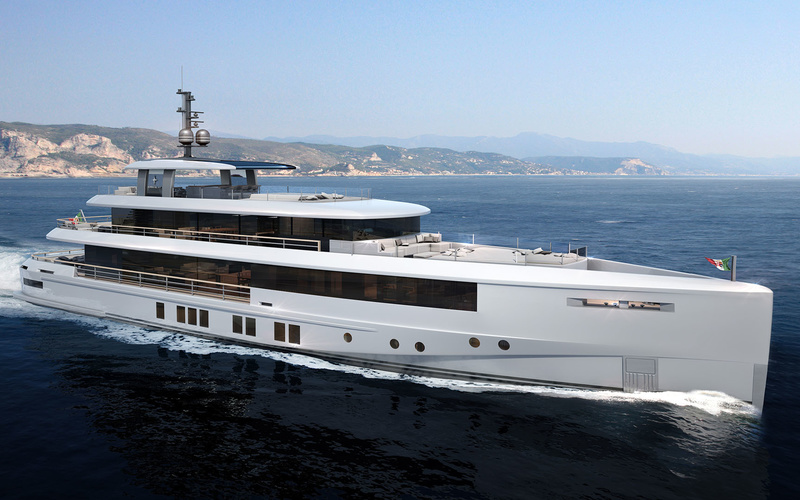
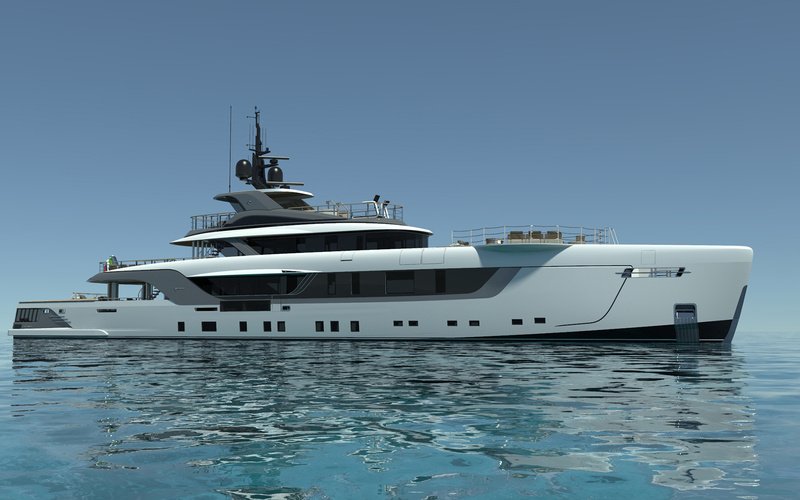
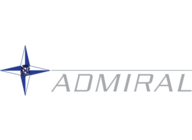
The brand Admiral produces displacement yachts, motor superyachts and is also active in the superyacht market. There are 15 models currently in production ranging from 45 to 145 meters. We invite you to explore all current and older models from Admiral and contact us for sales and pricing information.
Read more >
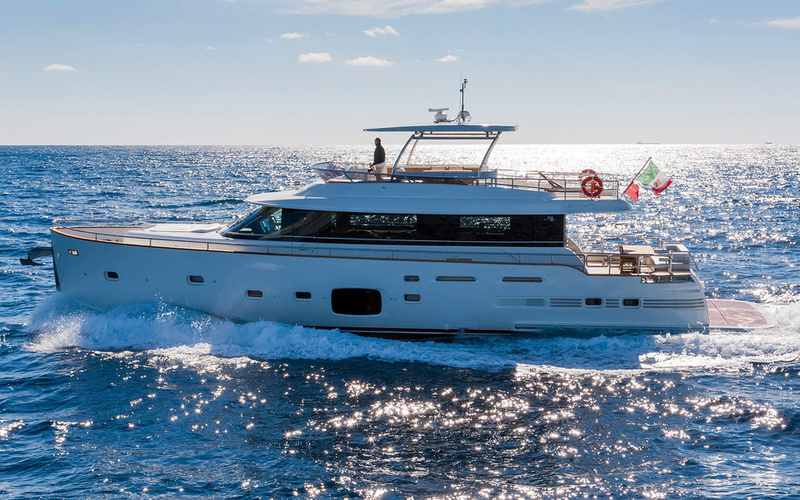
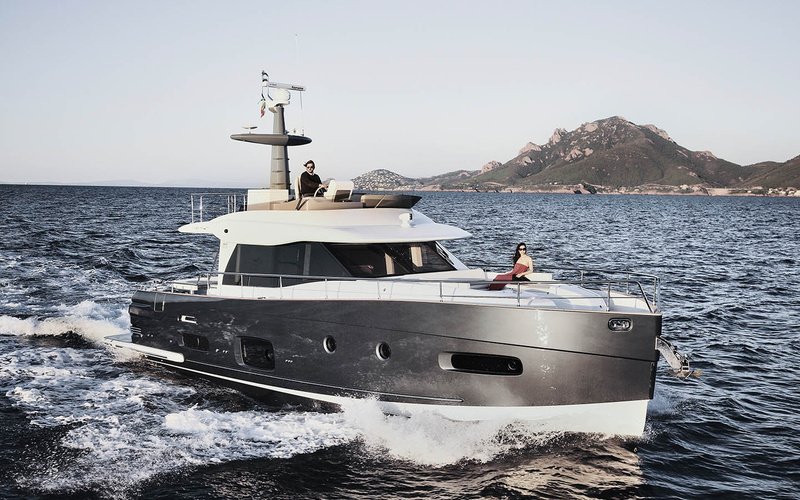
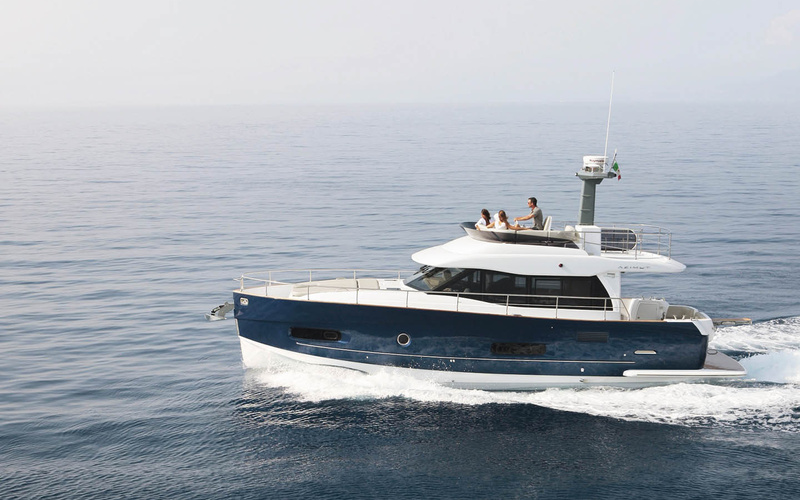

The brand Azimut Yachts produces flybridge yachts, semi-displacement yachts and is also active in the superyacht market. There are 35 models currently in production ranging from 10 to 39 meters. The current model range includes 7 lines: Atlantis, Fly, Grande, Magellano, S, Seadeck and Verve. We invite you to explore all current and older models from Azimut Yachts and contact us for sales and pricing information.
Read more >
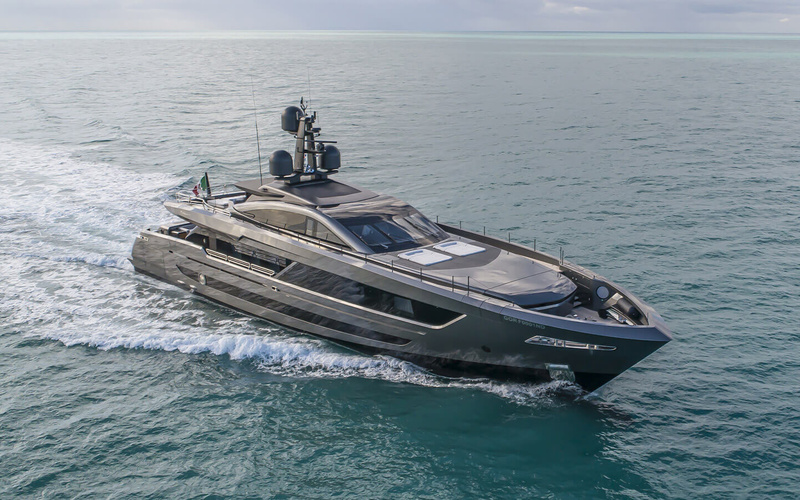
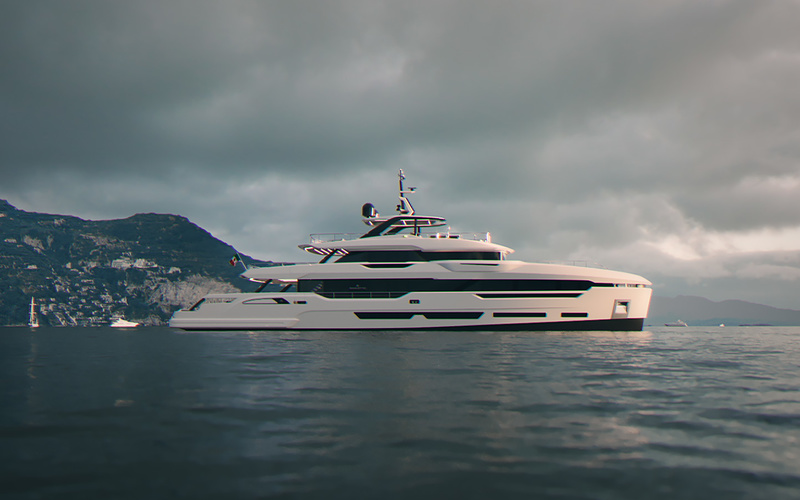
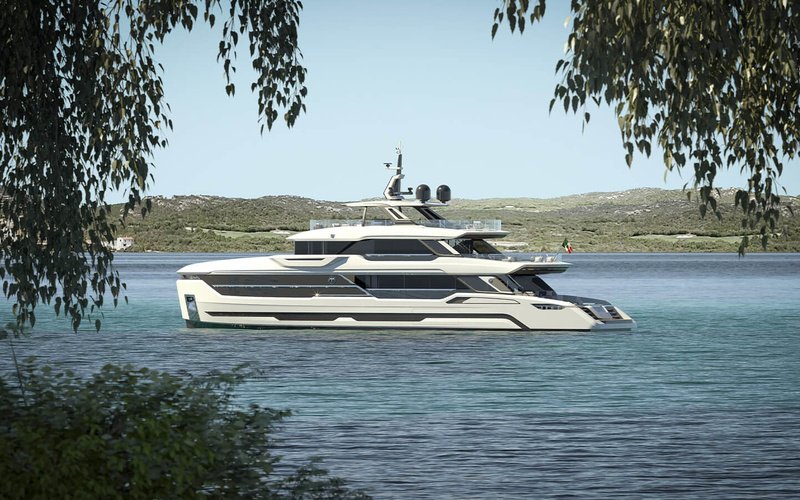

The brand Baglietto produces motor superyachts, semi-displacement yachts and is also active in the superyacht market. There are 6 models currently in production ranging from 34 to 61 meters. The current model range includes 3 lines: Dom Line, Fast Line and Tline. We invite you to explore all current and older models from Baglietto and contact us for sales and pricing information.
Read more >

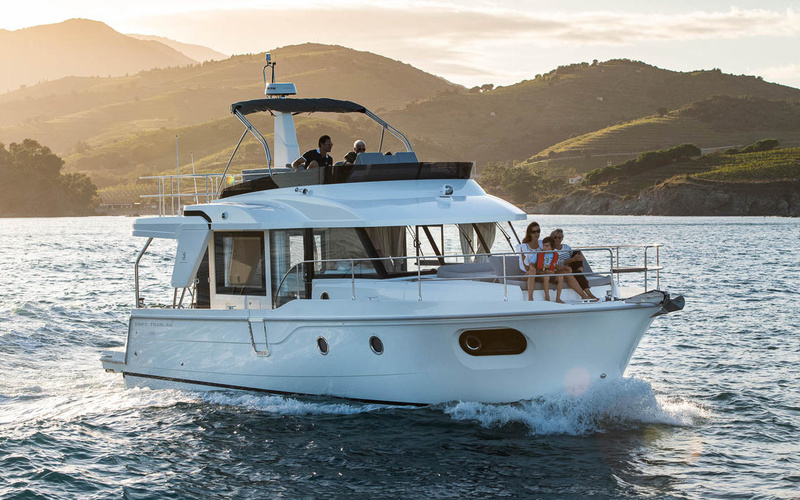
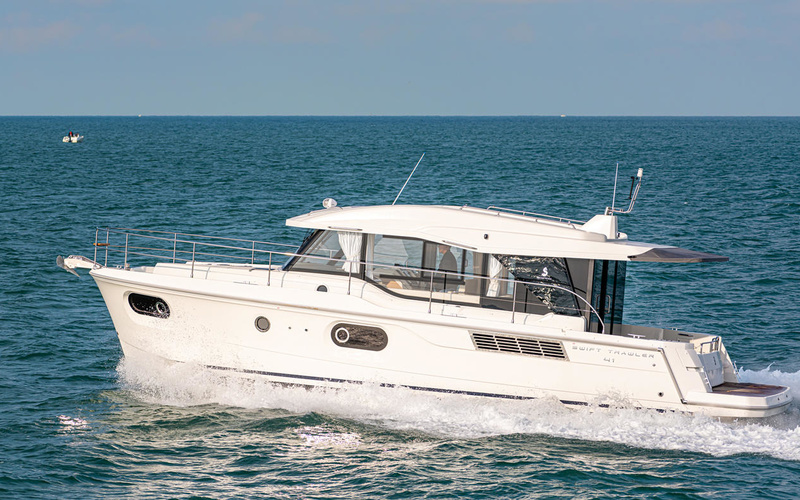

The brand Beneteau Yachts produces aft cockpit sailboats and outboard boats. There are 44 models currently in production ranging from 4 to 19 meters. The current model range includes 8 lines: Antares, First, First SE, Flyer, Gran Turismo, Oceanis, Oceanis yacht and Swift Trawler. We invite you to explore all current and older models from Beneteau Yachts and contact us for sales and pricing information.
Read more >
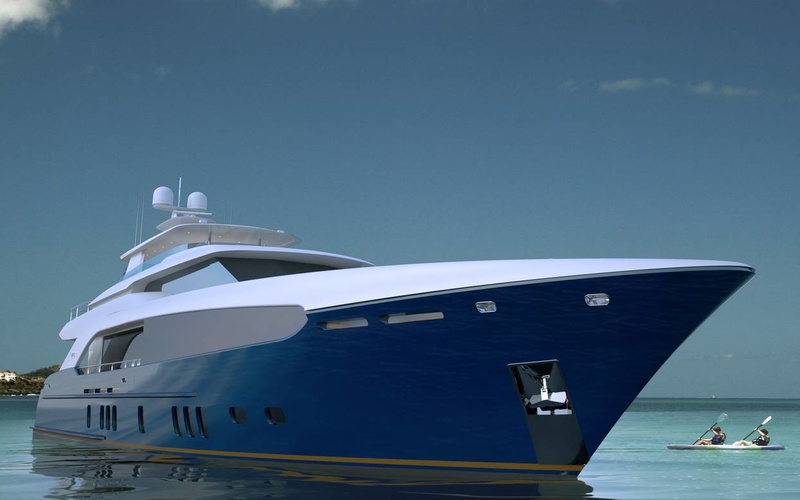
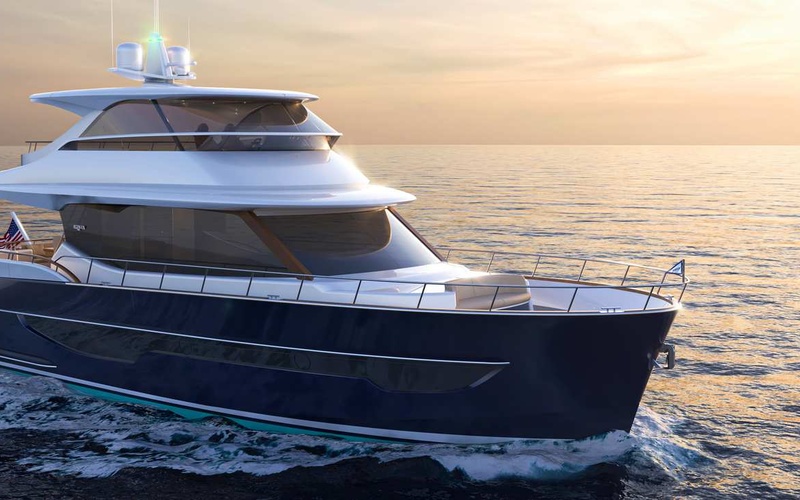
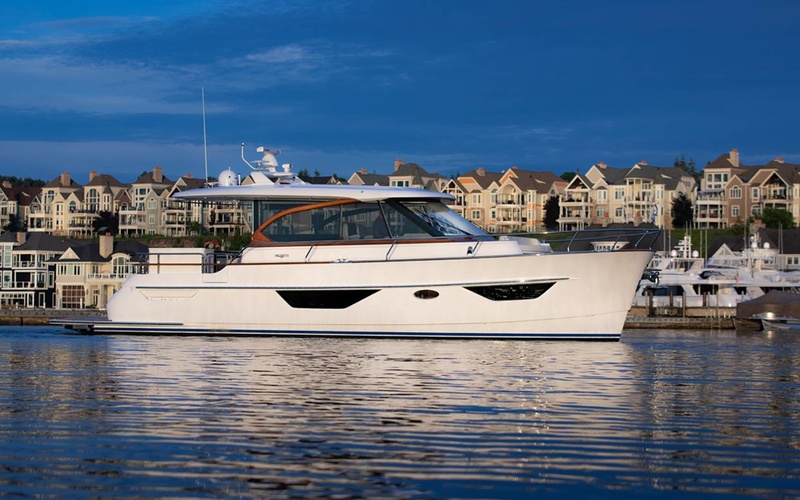

The brand Burger Boat produces aluminum yachts, motor superyachts and is also active in the superyacht market. There are 11 models currently in production ranging from 15 to 66 meters. We invite you to explore all current and older models from Burger Boat and contact us for sales and pricing information.
Read more >
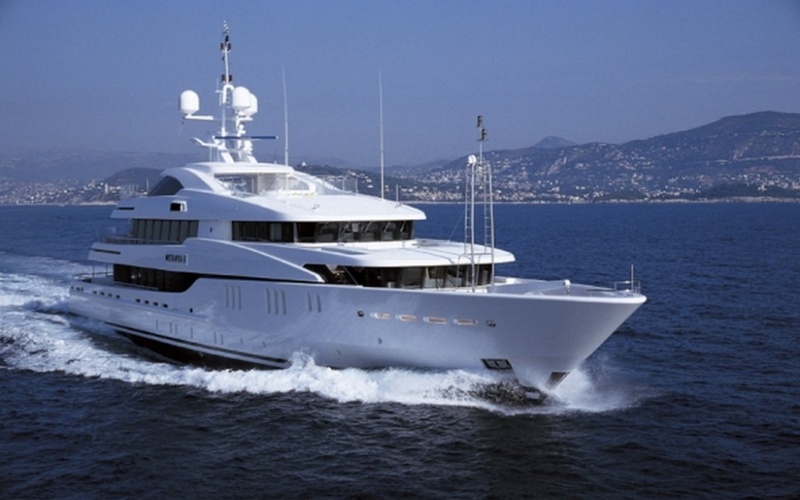

The brand CMN Yacht Division produces motor superyachts, semi-displacement yachts and is also active in the superyacht market. There is 1 model currently in production of 60 meters. We invite you to explore all current and older models from CMN Yacht Division and contact us for sales and pricing information.
Read more >
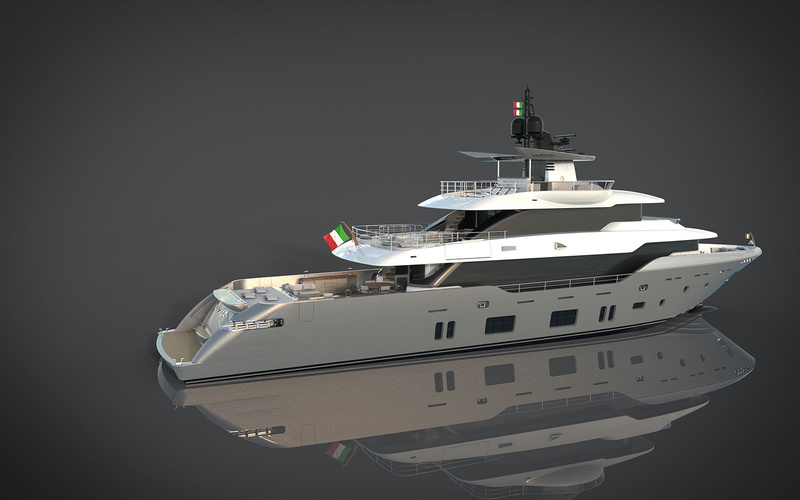
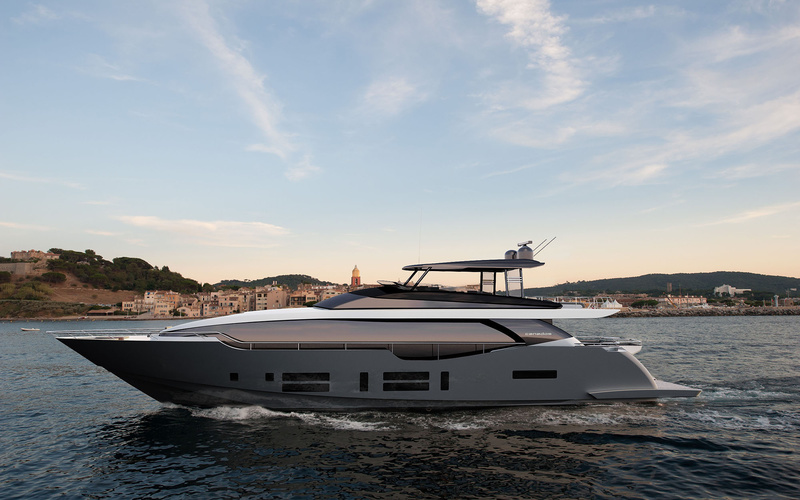
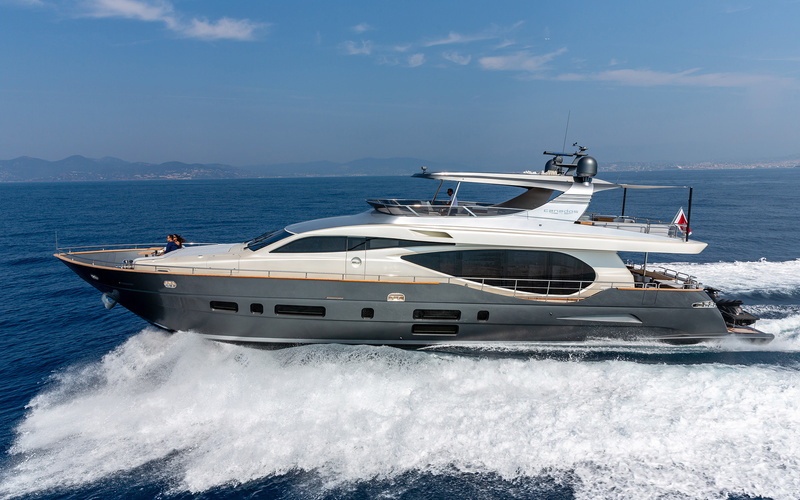

The brand Canados produces motor superyachts, semi-displacement yachts and is also active in the superyacht market. There are 20 models currently in production ranging from 13 to 44 meters. The current model range includes 3 lines: Canados, Gladiator and Oceanic. We invite you to explore all current and older models from Canados and contact us for sales and pricing information.
Read more >
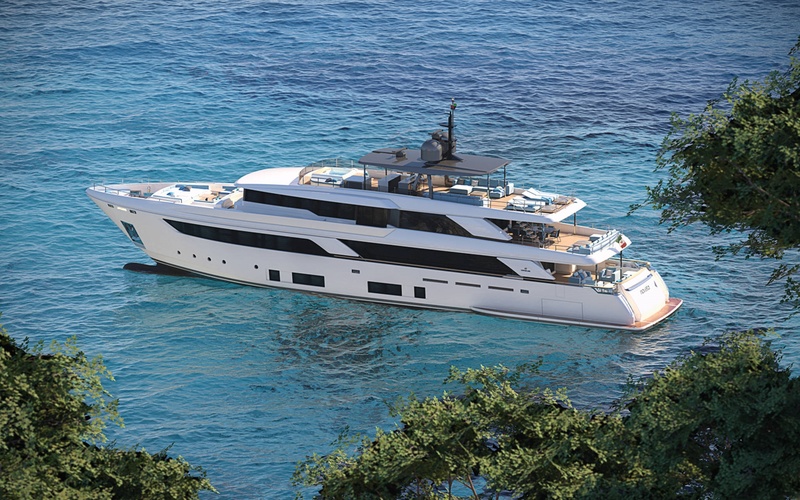
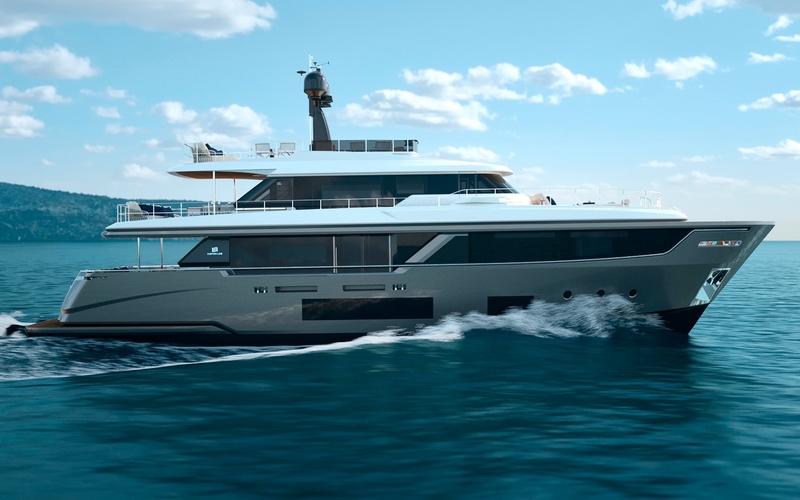
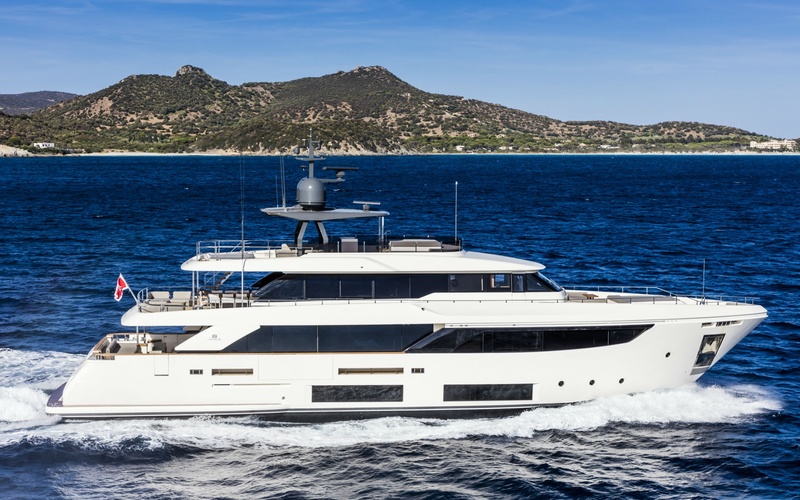

The brand Custom Line Yachts produces motor superyachts, semi-displacement yachts and is also active in the superyacht market. There are 8 models currently in production ranging from 28 to 50 meters. The current model range includes 2 lines: Navetta Line and Planing Line. We invite you to explore all current and older models from Custom Line Yachts and contact us for sales and pricing information.
Read more >
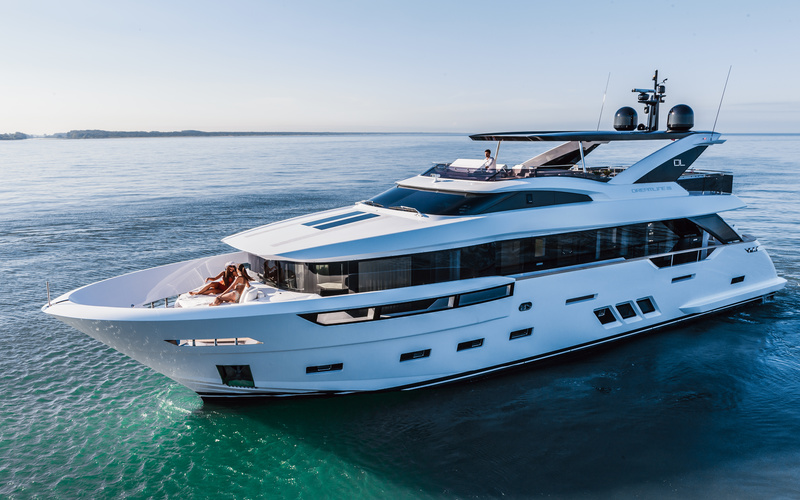
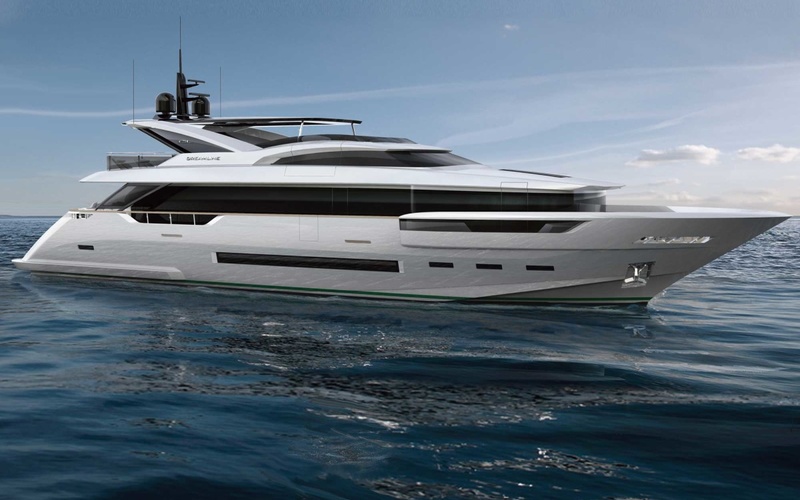
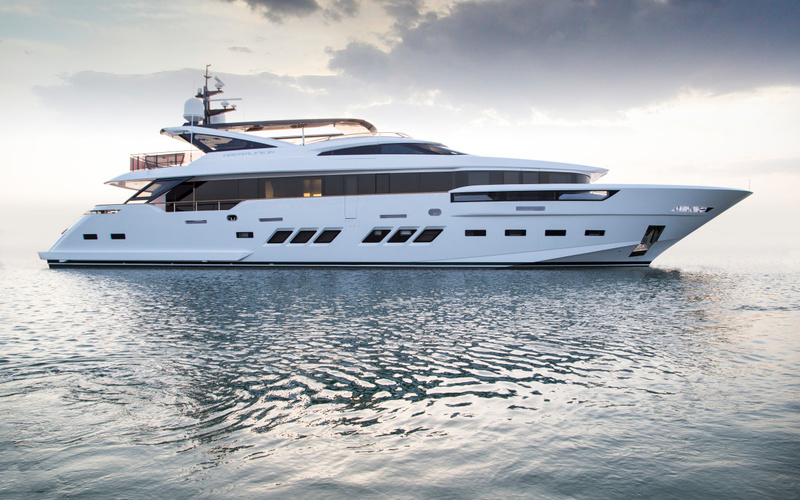

The brand DL Yachts produces aluminum yachts, hybrid yachts and is also active in the superyacht market. There are 6 models currently in production ranging from 26 to 46 meters. We invite you to explore all current and older models from DL Yachts and contact us for sales and pricing information.
Read more >
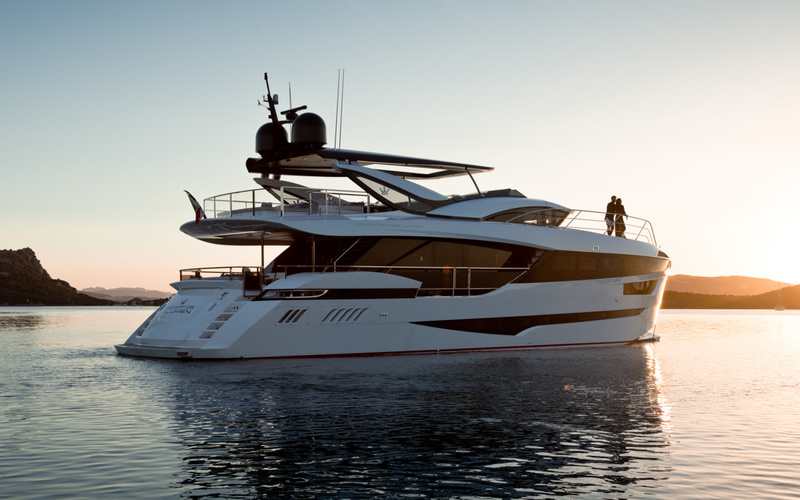


The brand Dominator produces semi-displacement yachts and is also active in the superyacht market. There are 2 models currently in production ranging from 27 to 40 meters. We invite you to explore all current and older models from Dominator and contact us for sales and pricing information.
Read more >
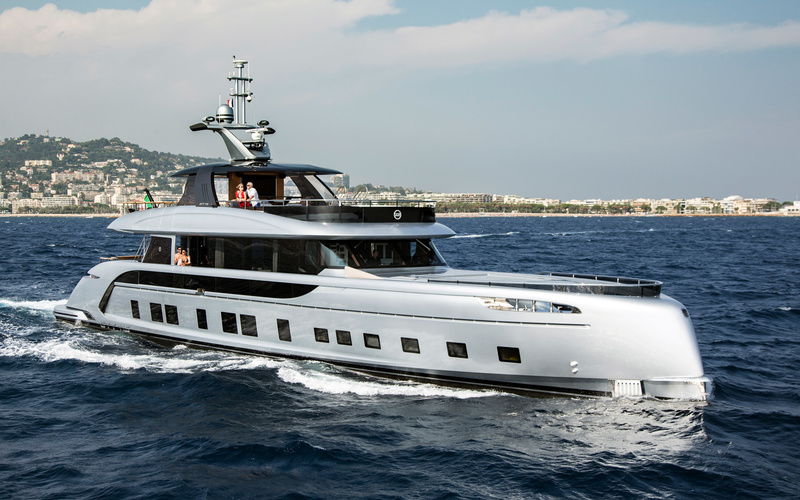
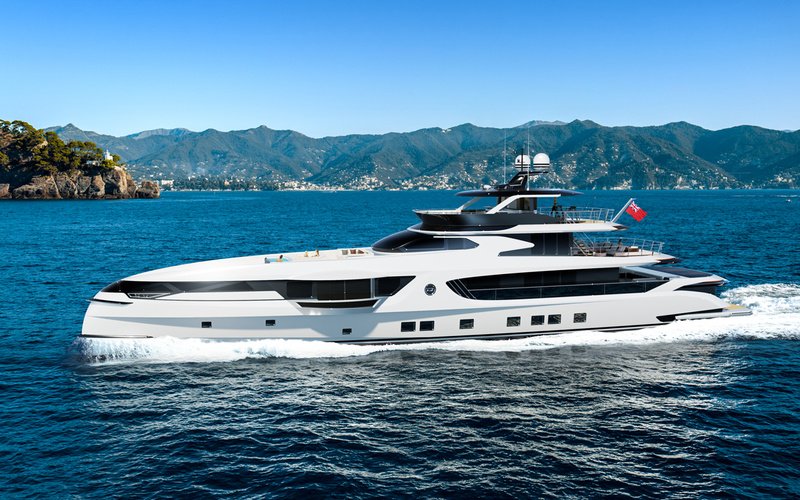
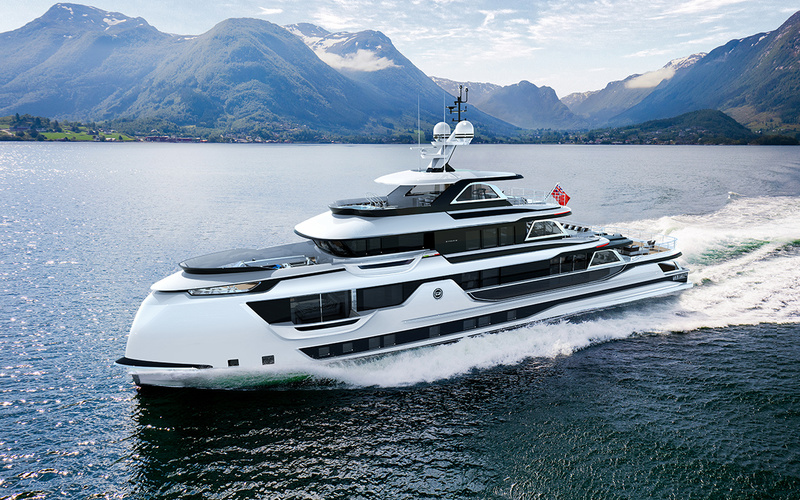
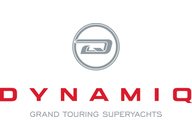
The brand Dynamiq Yachts produces aluminum yachts, motor superyachts and is also active in the superyacht market. There are 11 models currently in production ranging from 27 to 52 meters. The current model range includes 3 lines: GTM, GTT and Global. We invite you to explore all current and older models from Dynamiq Yachts and contact us for sales and pricing information.
Read more >
Selling Brokers Semi-displacement Yachts
Category Description
Semi-displacement yachts are a compromise between the displacement and planing-hull types. The cruising and maximum speeds of semi-displacement yachts are higher than those of displacement yachts at about 15 and 25 knots, respectively.
Semi-displacement boats can go in a so-called transitional mode when the nose starts to rise out of the water. This is vital when you need to escape a storm and quickly return to a safe harbor. In the transitional mode, a semi-displacement yacht burns a lot of fuel. For long distance journeys it's better to go in the displacement mode. That way, the range of most semi-displacement yachts exceeds 1000 miles, and some yachts of this type have tanks big enough to cross the Atlantic (some 3500 nautical miles) without refueling.
In terms of hull shape, semi-displacement yachts are similar to displacement yachts, but with a flatter and wider stern.
How are semi-displacement yachts built?
Compact semi-displacement yachts are made of glass-reinforced plastic (GRP). The vessels which exceed 100 ft are made of aluminum. Naval architects use the Computational Fluid Dynamics (CFD) method to optimize hull performance in various conditions. To reduce fuel consumption, designers use additional technologies such as hybrid propulsion and the Hull Vane fixed stern foil.
Some semi-displacement yachts resemble commercial trawlers, while others look like planing yachts and have flybridges. There is a vast variety of designs in this hull type for every taste. Due to their flat stern, semi-displacement yachts have a large cockpit and swimming platform that can be used to store a tender.
What types of engines are used on semi-displacement yachts?
Most semi-displacement yachts use diesels with shaft drives. Some of them have a long keel to protect the props, while others hide their props in tunnels along the bottom. Many modern semi-displacement yachts are equipped with gyro stabilizers that reduce pitch and roll movement for a smoother ride.
Similar categories

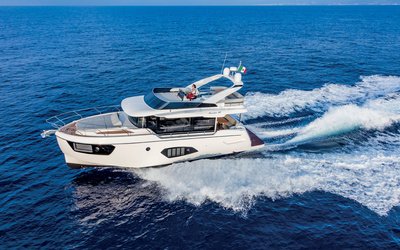


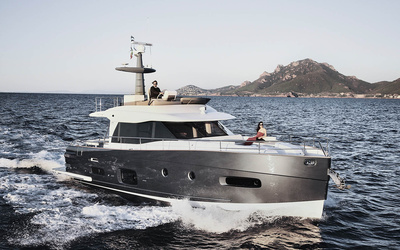




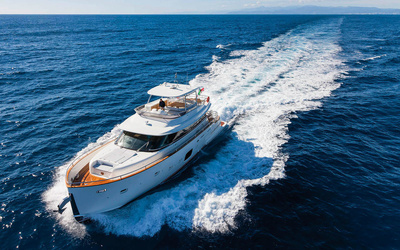
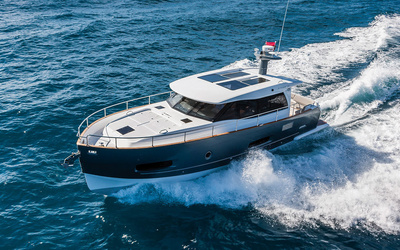
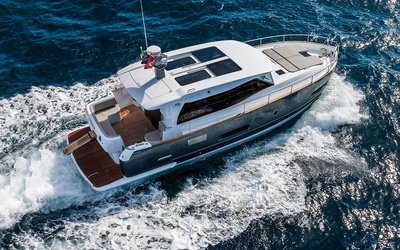

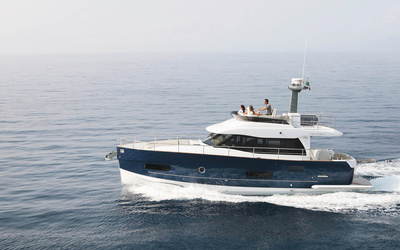


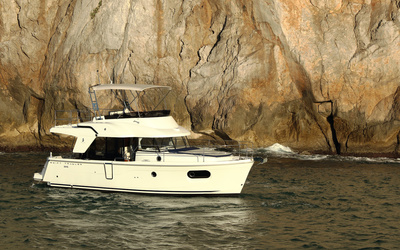
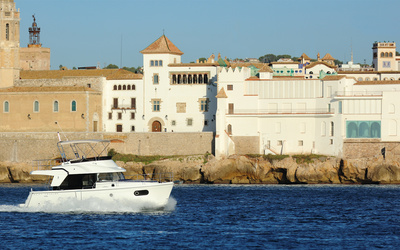
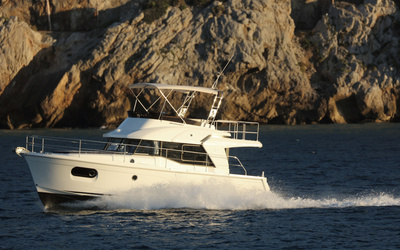




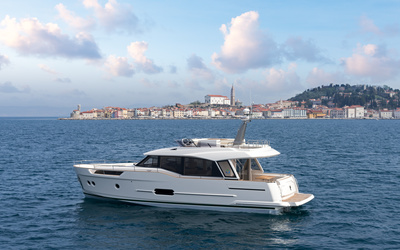
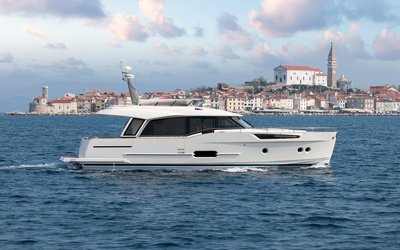
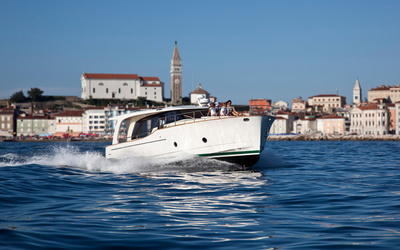
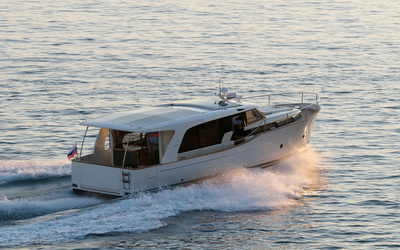
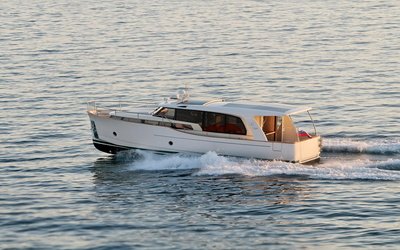

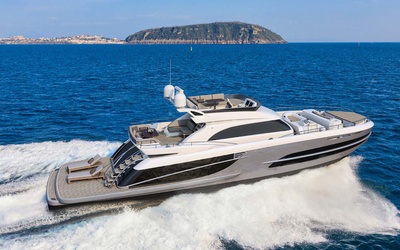
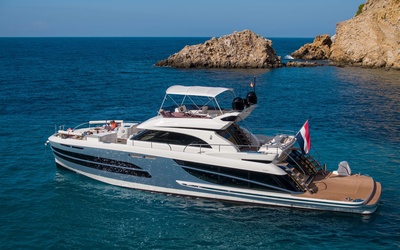
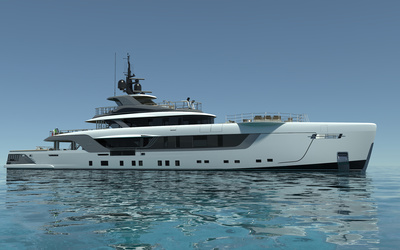

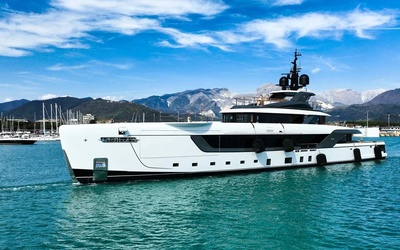
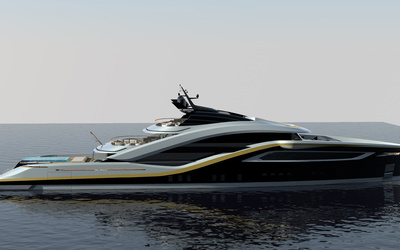


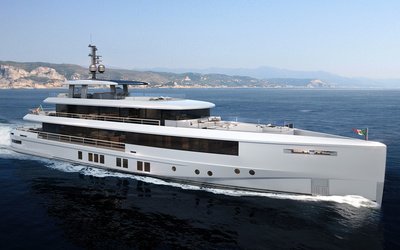

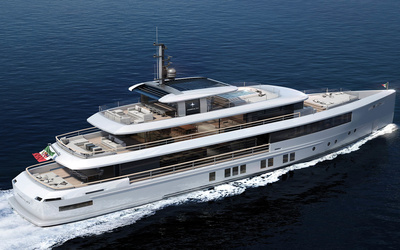
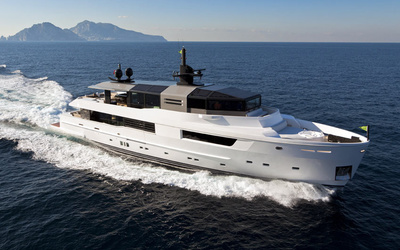


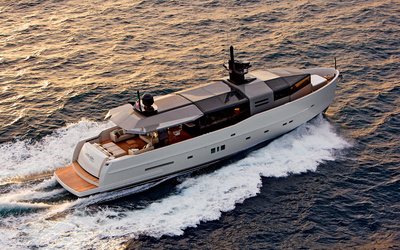

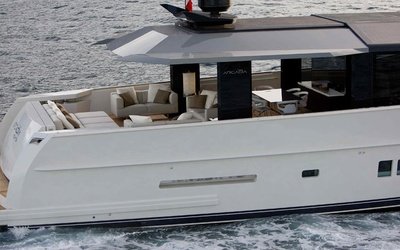
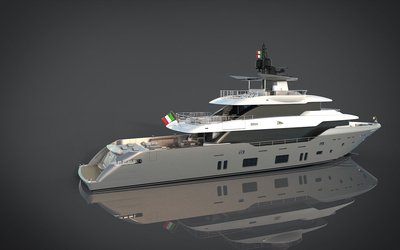


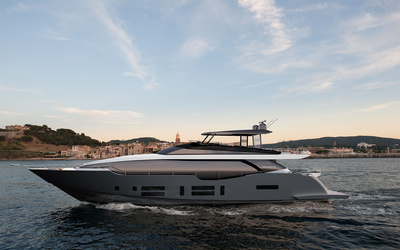

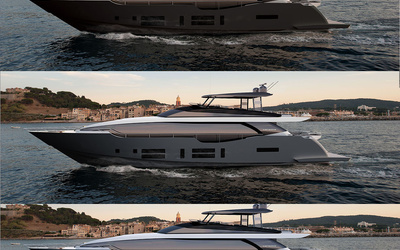
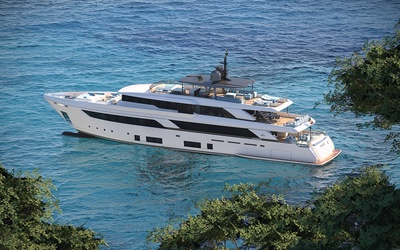
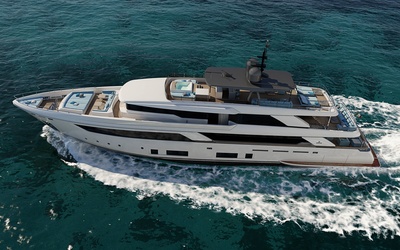

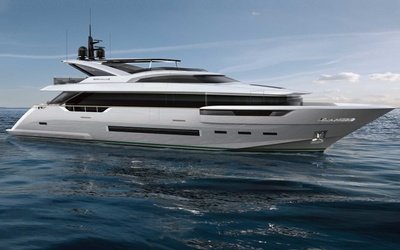
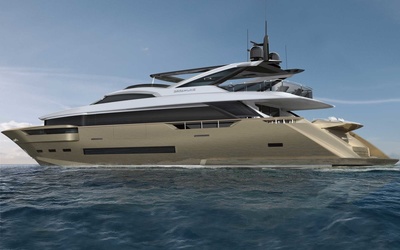

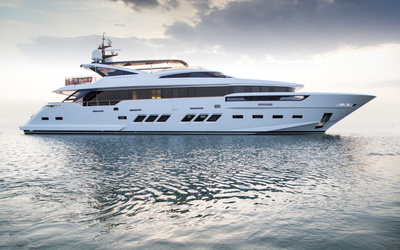

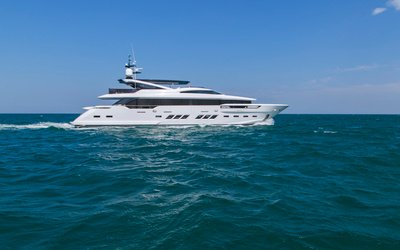
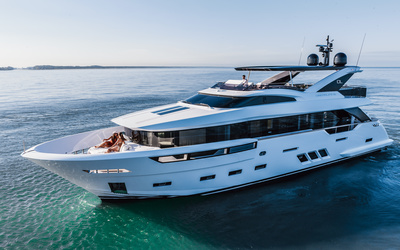
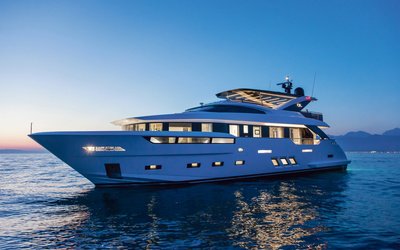
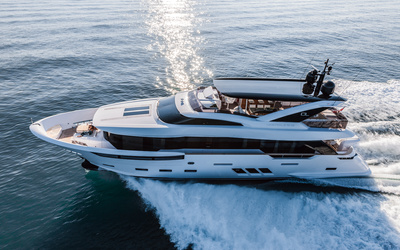
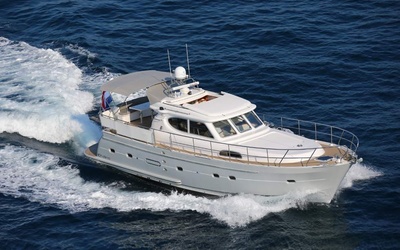


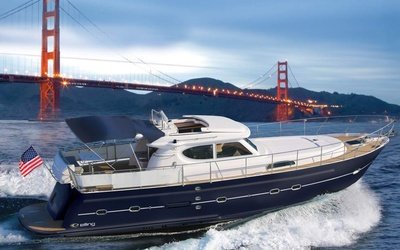


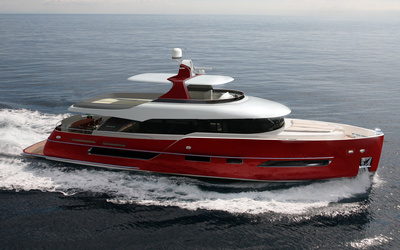




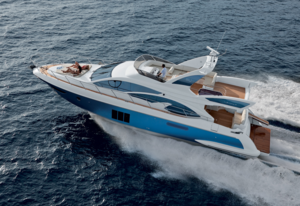 247
247
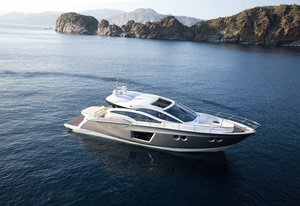 252
252
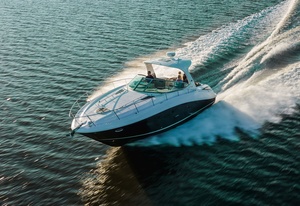 230
230
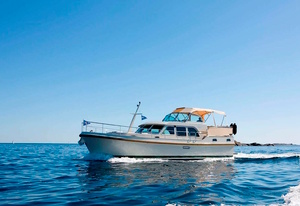 618
618
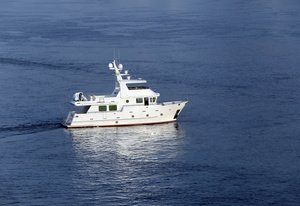 601
601
